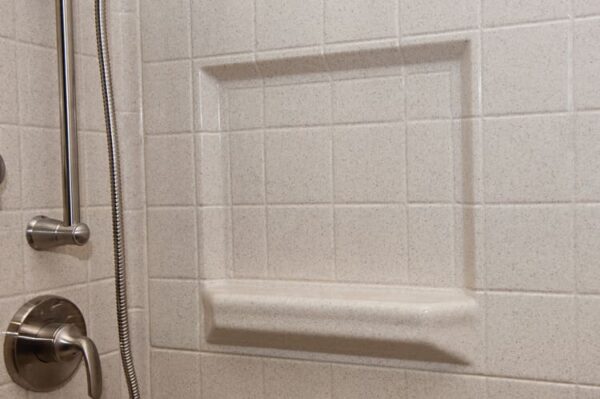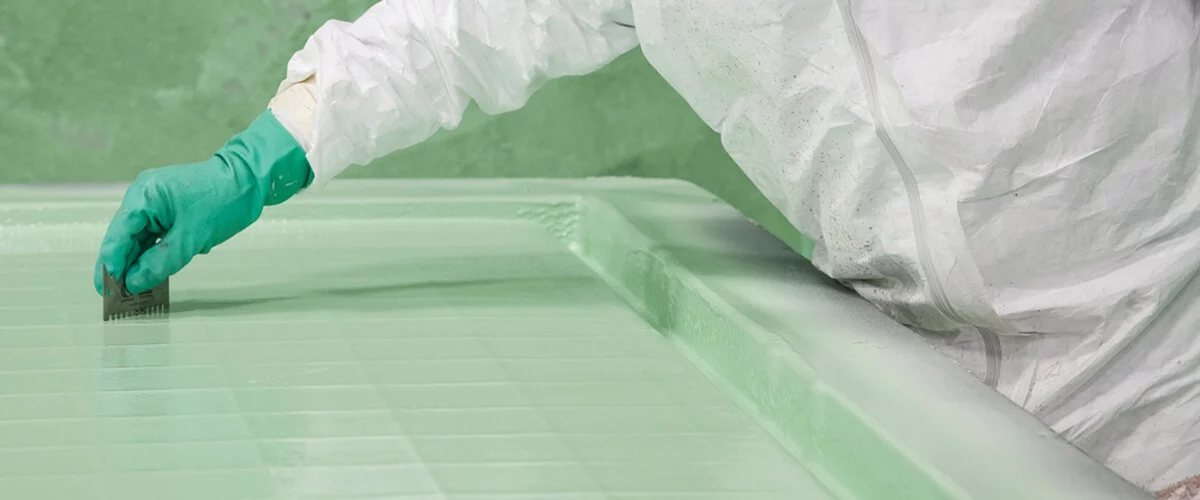
The Technological Advancement & Beautiful Resiliency of Composites
Beauty, Durability, & Affordability Highlight Composite’s Appeal
Composites are the Swiss army knife of surfacing in the kitchen and bath industry.
They are tough, durable, can be molded, and generally have a lower price point than granite and other types of natural stone.
However, some composites are better suited for some tasks than others, and sometimes a combination of composites provides the best solution. But before getting into specifics, let’s back up a bit, and define the term composite.
Simply speaking, a composite is created when two or more materials with significantly different chemical properties are blended together to produce a unique and superior material.
Any school kid who has mixed flour and water together to make paste for a paper mache project has made a composite.
For industrial use, this means plastics combined with a reinforcing material. This combination can produce some of the strongest, most versatile materials for their weight ever developed by technology, according to the American Composites Manufacturers Association.
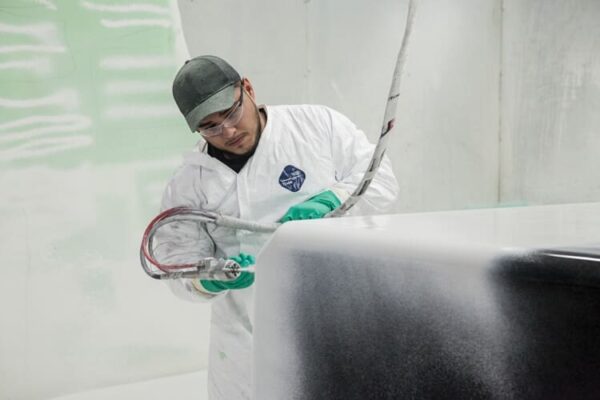
The kitchen and bath industry uses composites primarily for surfacing: sinks, countertops, showers, and tubs. The typical composites used are fiberglass, acrylic, cultured marble, and solid surfacing. They all have their place.
One of the earliest modern composites was fiberglass (the very first was Bakelite, a cloth-reinforced phenolic resin), which combined glass fibers with polyester resin. Polyester resin was invented in 1935, and many reinforcing materials were tried, but it was the use of the glass fibers, also invented in the 30s that really took off.
In the construction industry, fiberglass is used for windows, doors, insulation, spas, bathtubs, and showers. Typically, fiberglass has a gel coating for hardness and gloss. “It’s got great durability,” says Greg Wells, marketing manager for Bestbath®, “and by weight, fiberglass is stronger than steel.”
Acrylic tubs and showers typically use fiberglass for reinforcement beneath vacuum-formed sheets of colored acrylic.
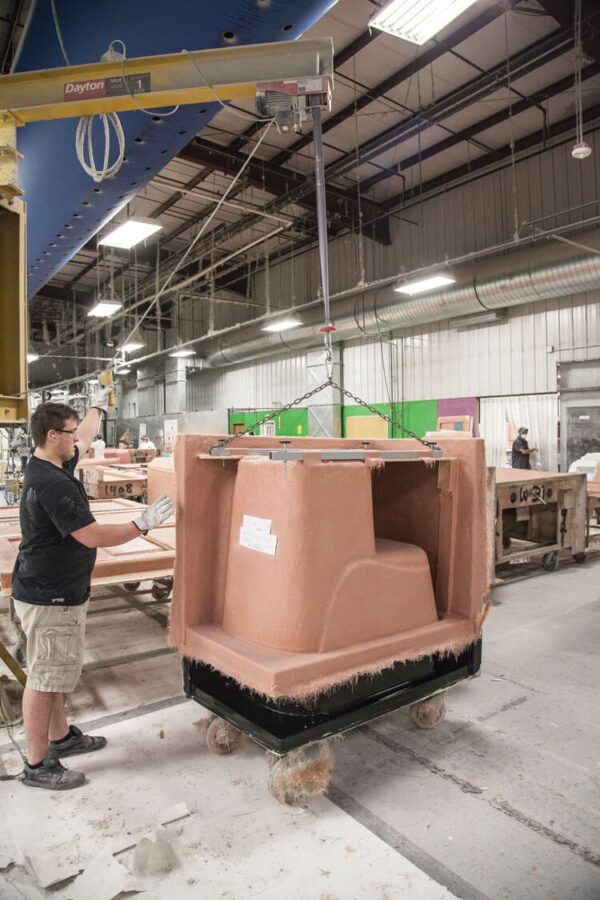
In the bath industry, fiberglass’s highest use is as a reinforcing material. For instance, Bestbath uses it for their composite showers by laying down a gel coat—which is the exterior coat of the product—a barrier coat (for extra durability and to ensure the glass threads of the fiberglass don’t show through the finish, creating a smoother, more attractive look), a layer of fiberglass, a layer of wood, and a final layer of fiberglass. The resulting product has great stability and strength.
By sandwiching the wood as they do between layers of fiberglass, grab bars, or benches can be mounted anywhere they are needed, no blocking required, and at whatever point a user wants to have them installed.
Cultured marble and solid surfacing are referred to in the industry as cast polymer products. Cultured marble is created by using crushed marble (calcium carbonate) and synthetic resin, along with other materials, to reduce weight and then poured into molds, explains Larry Branan of R.J. Marshall, a company that produces the fillers used in the cast polymer industry. Typically, cultured marble and stone products have a glossy gel coating.
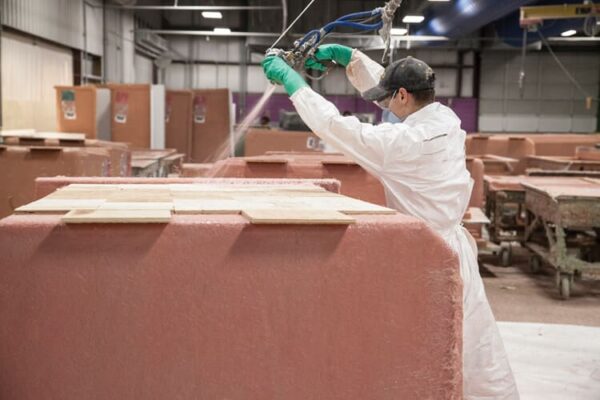
To create a solid surface product, manufacturers use alumina trihydrate with a thermoset resin. These ingredients produce a matte finish material that has fire retardant properties and weathers well, which is why solid surface materials are used for kitchen counters rather than cultured marble.
“In a kitchen, you really need heat resistance and a really hard-wearing surface. If you stain your (solid surface) countertop, you can take a Scotch Brite and buff it out,” Branan says. That’s why cultured marble typically is not used for kitchen countertops.
But in bathrooms, cultured marble works very well, especially for countertops and integral sinks. As a poured product with more flexibility than solid surfaces, it can be custom modeled to fit a space, and creating curves are no problem.
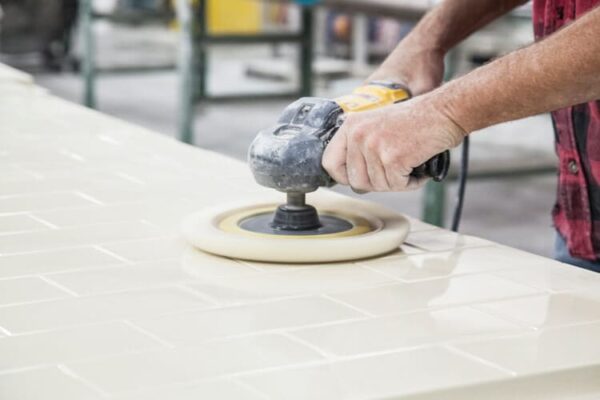
The market for cast polymer products also rebounded over the past five years, according to a report by the Freedonia Group, a Cleveland, Ohio-based market research firm. The National Kitchen and Bath Association also reports that cast polymers surfaces continue to be an important player in both kitchens and baths and trending upward, competing with the pricier granite and engineered stone.
Now in its sixth decade, cultured marble has come a long way. “The polymers are stronger and better, and the gelcoats are clearer. It looks a lot different than it did in the 70s,” Branan says. The biggest thing in the industry today are the techniques different manufacturers have developed to create ever more realistic veining patterns in cultured marble.
When making solid surfaces, manufacturers can imitate a granite look by using synthetic granite granules (the material is poured as a slab, then broken into granules) and blending different color granules with the resin to create handsome patterns.
Colleges are also turning to the ease of composites in student dormitory bathrooms, which have to stand up to rigorous use. These materials are also highly practical in public accommodations and commercial spaces where bathrooms and kitchens must comply with the accessibility guidelines of the Americans with Disabilities Act.
With plenty of surfacing options available, let the requirements of the project guide selection and go with a well-known and trusted manufacturer for the best outcome.
Download Case Study
